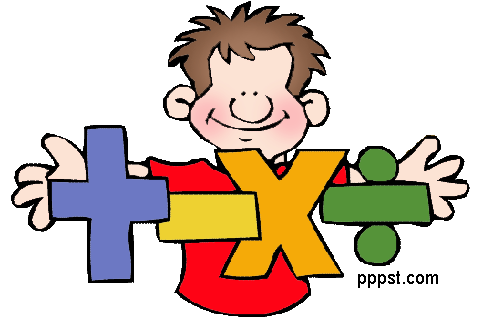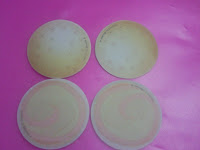Knowing about numbers is far more than just knowing how to count. Time and lots of experiences are needed for children to fully understand number-related concepts.
The book suggests that the teaching of number sense be carried out through high quality learning activities. Children's natural interests in mathematics should be enhanced and used to make sense of their physical world. At the same time, their maths curriculum should be based on knowledge of children's linguistic, cognitive, physical, and social and emotional development. Math activities should be integrated with other activities and vice versa.
I believe that teachers in preschools do take into account children's development and natural interests. However I do question how much of this knowledge is incorporated into the lessons that they plan for the children in their classrooms. In many classrooms, and to a few teachers and parents, math is always about counting, adding, and subtracting. They do not take into account children's natural interests and as a result, math is not used to its fullest potential to help children make sense of their physical world.
However, Math curriculums in many centres do try to integrate math activities with other activities. The math curriculum used in my centre centers around songs, stories, poems, physical activities, and hands-on activities. These activities are more prominent in the curriculum for the younger aged children. While there are still many hands-on activities and a wide variety of materials used in the curriculum for the older children, the songs and music&movement aspect of it is kept to a minimum. I do wonder why this is so.
Some of the activities in the book are being practised in preschool centres here are :
- The relationships of More, Less, and Same.
- Counting On and Counting Back
Activities that I believe are not being practised in preschool centres here are:
- The use of calculators for numeral recognition
(I personally liked this idea...and as usual think...why haven't we thought of it before?!) - Anchoring Numbers to 5 and 10




